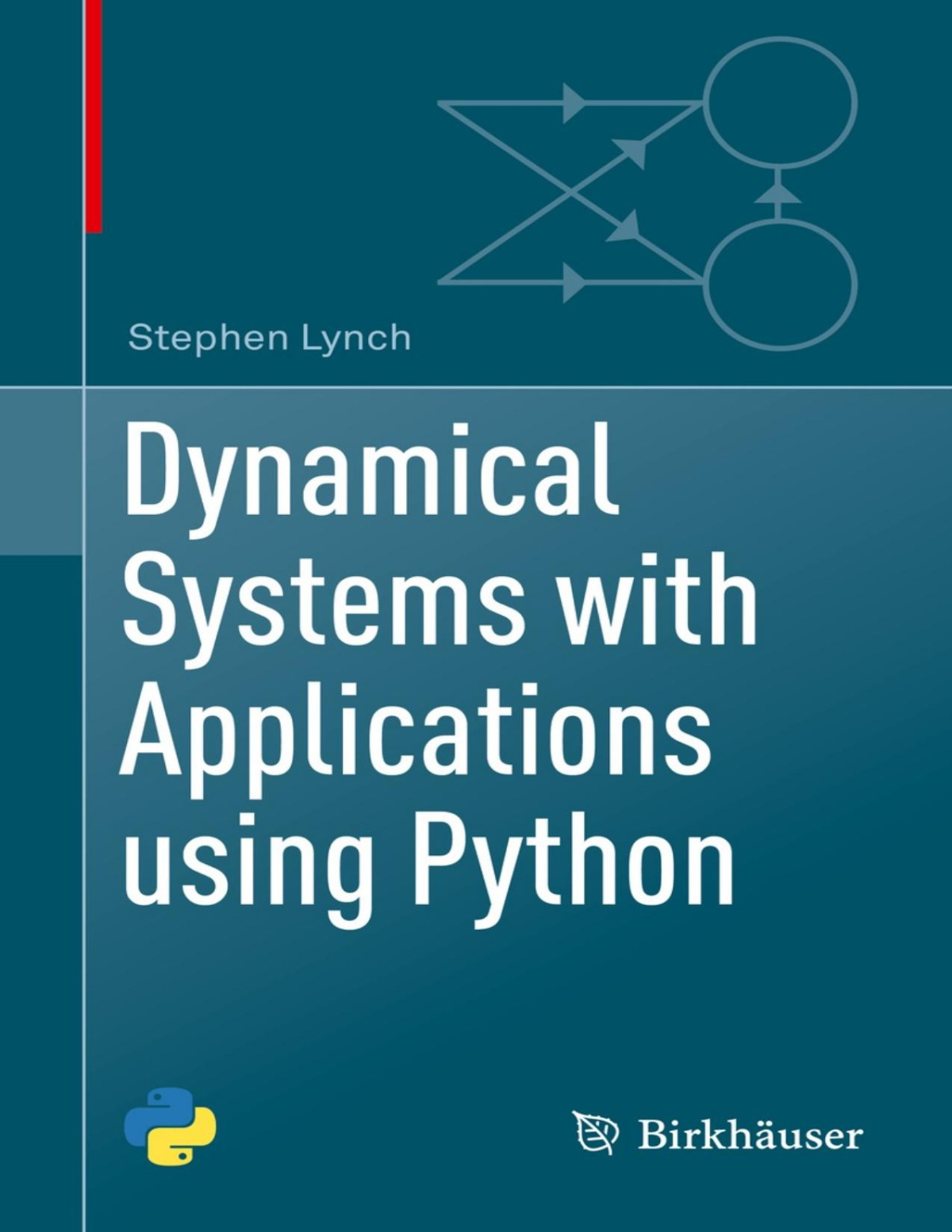Product desciption
Dynamical Systems With Applications Using Python Stephen Lynch by Stephen Lynch 9783319781457, 9783319781440, 3319781456, 3319781448 instant download after payment.
This textbook provides a broad introduction to continuous and discrete dynamical systems. With its hands-on approach, the text leads the reader from basic theory to recently published research material in nonlinear ordinary differential equations, nonlinear optics, multifractals, neural networks, and binary oscillator computing. Dynamical Systems with Applications Using Python takes advantage of Python’s extensive visualization, simulation, and algorithmic tools to study those topics in nonlinear dynamical systems through numerical algorithms and generated diagrams. After a tutorial introduction to Python, the first part of the book deals with continuous systems using differential equations, including both ordinary and delay differential equations. The second part of the book deals with discrete dynamical systems and progresses to the study of both continuous and discrete systems in contexts like chaos control and synchronization, neural networks, and binary oscillator computing. These later sections are useful reference material for undergraduate student projects. The book is rounded off with example coursework to challenge students’ programming abilities and Python-based exam questions. This book will appeal to advanced undergraduate and graduate students, applied mathematicians, engineers, and researchers in a range of disciplines, such as biology, chemistry, computing, economics, and physics. Since it provides a survey of dynamical systems, a familiarity with linear algebra, real and complex analysis, calculus, and ordinary differential equations is necessary, and knowledge of a programming language like C or Java is beneficial but not essential.


